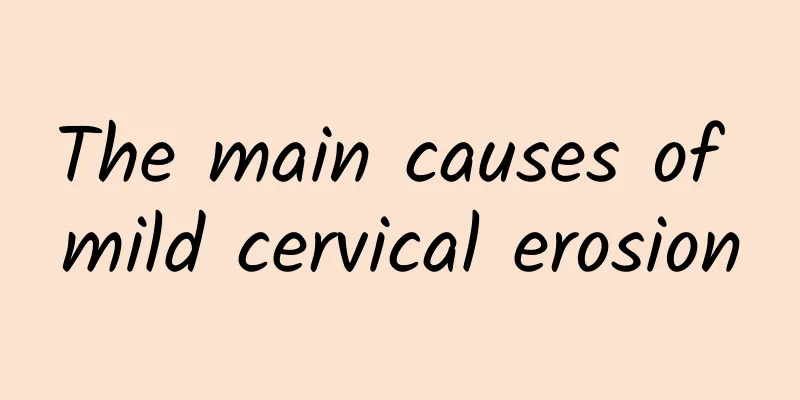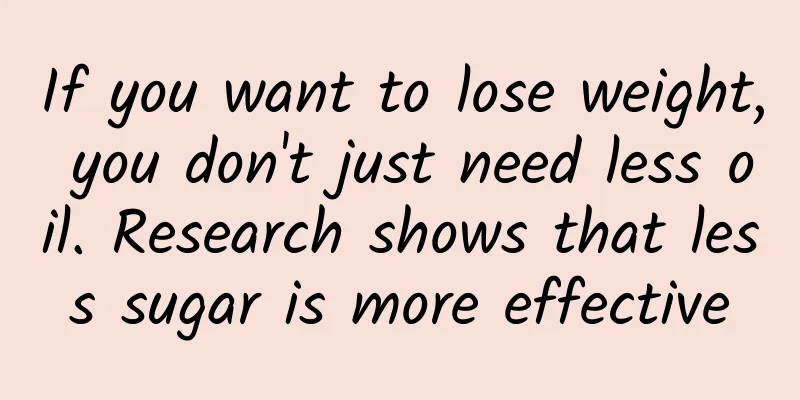Potato chips are so delicious that you can’t stop eating them? Mindfulness training makes losing weight easy

|
Many people find that the more they eat potato chips and popcorn, the more delicious they become, and they can't stop eating them. These high-fat, high-calorie forbidden foods for weight loss have a perfect, addictive ratio of sweetness, fat and saltiness, so it is difficult to stop after eating just a little, and eating too much will easily cause your weight to soar. However, through "mindful eating" training, it is possible to control such eating desires so that they do not get out of control, which is beneficial to health and allows you to lose weight without burden. Mindful eating: through self-regulation and mindfulness Mindful eating is a whole new way of looking at our relationship with eating and food, based on a scientific perspective on our physical and mental selves. It is not about willpower or strict self-control, but about the hope of creating balance through self-care and self-regulation? What's the difference here? If you use willpower and self-control, you may want to continue eating delicious food, but you will force yourself to stop. Through self-regulation and mindfulness, you realize that you are not hungry, or you no longer enjoy the food, so you decide to let it go. There is no struggle in the process. You can always keep the food, especially if you eat it later, then you may enjoy the food more. Awaken your inner foodie instead of your inner policeman Jean Kristeller, PhD, Professor Emeritus of the Department of Psychology at Indiana State University, wrote in her new book, Mindful Eating: Being aware of why you eat is more important than what and how you eat! ” mentioned that it is necessary to awaken your “inner gourmet” rather than your “inner policeman”. Our taste buds are very sensitive and can provide us with quick and clear information to let us know whether the food is worth eating and whether we have eaten enough. You will find out which foods you like, which foods you can eat less of, or which foods you don’t actually like to eat. Once you start paying attention to your sensory experiences, you may find that some foods (especially unhealthy foods) are not as delicious as you imagined. Perhaps you realize that processed foods with chemical tastes, overly sweet or overly salty foods are not as delicious as they are advertised to be. As a result, you may start to like the taste of healthy whole grains, the natural taste without artificial additives, and the delicious taste of fresh vegetables, and therefore tend to choose healthier foods. As you continue to cultivate your inner foodie, you will no longer be addicted to these high-sugar and high-fat foods, and you may even find that you don’t want to eat them at all. Mindful Eating Practice: Eating Favorite Snacks The following challenging foods will rekindle your confidence in eating small amounts of sweet and fatty foods, starting with chocolate. Choose a food that you think you will enjoy fully, such as chocolate, and follow the following order: 1. Place a small snack in front of you, such as 4 or 5 potato chips or 4 or 5 bite-sized snacks. 2. Look at these snacks with fresh eyes, as if you have never seen them before. 3. Pick up a small piece, close your eyes, smell it, and how does it feel when it touches your lips? 4. Place it gently in your mouth and use your tongue to move it around. Resist the urge to chew and pay attention to the sensations and tastes before you start chewing. 5. Start chewing slowly to fully experience its flavor. What changes occur after continuing to chew? What other sensations and tastes occur after swallowing food? 6. Open your eyes slightly, pick up the second snack, and eat the second and third snacks in the same way. 7. When you pick up the fourth snack, open your eyes and pause for a moment, asking yourself if you really want to eat more. 8. What do you want to see at the end of the day that you have learned? Reflection: Continue practicing with other favorite foods and use meditation to continually examine yourself. As your confidence grows, you may want to experience these favorite foods in different contexts (at home, in a restaurant, or at work). Surprisingly, restaurants may be safer than home because the advantage is that food portions are fixed and you can't open the refrigerator at any time to eat leftover snacks like you can at home. Through the above chocolate training, you will know when to stop eating, stop eating unfavorable foods, stop chasing taste, notice when the taste and satisfaction begin to fade, and master tempting foods to amplify satisfaction from small amounts of food. |
>>: Superfood avocado "oil" trap! How to make dietary substitutions without gaining weight?
Recommend
What are clue cells?
Clue cells are special cells that can be seen und...
Facing the truth about obesity (IV): When people are hungry, they will reduce their calorie consumption
Experts often view the storage function of human ...
Fake breasts burst! Female model's breasts instantly deflated during mud fight
Having a pair of firm and confident "breasts...
Abnormal yellow vaginal discharge in newborns
When a newborn's leucorrhea is abnormally yel...
What are the symptoms of cervical erosion?
Cervical erosion refers to the ectopic movement o...
What are the symptoms of vaginitis in daily life?
Vaginitis, as the name implies, refers to a disea...
Causes and treatment of irregular menstruation
Irregular menstruation is a common problem for wo...
Can egg white cure cervical erosion? A complete list of folk remedies for treating cervical erosion
In life, there are many ways for folks to treat d...
What are the causes of irregular menstruation?
Menstrual irregularity is a common gynecological ...
What to do if you have threatened miscarriage?
What should you do if you have threatened miscarr...
What are the taboos for ovarian cysts?
What are the taboos for ovarian cysts? Ovarian cy...
Where is the best place to see pelvic peritonitis
Long-term pelvic peritonitis can cause great phys...
Three magic weapons for weight loss: acupuncture, thread embedding, and ear acupuncture
In the hot summer, eat more and exercise less, be...
How much do you know about the causes of vulvar leukoplakia?
The causes of vulvar leukoplakia are very complic...
Analyze the common causes of adnexitis
Adnexitis is a gynecological disease that causes ...









